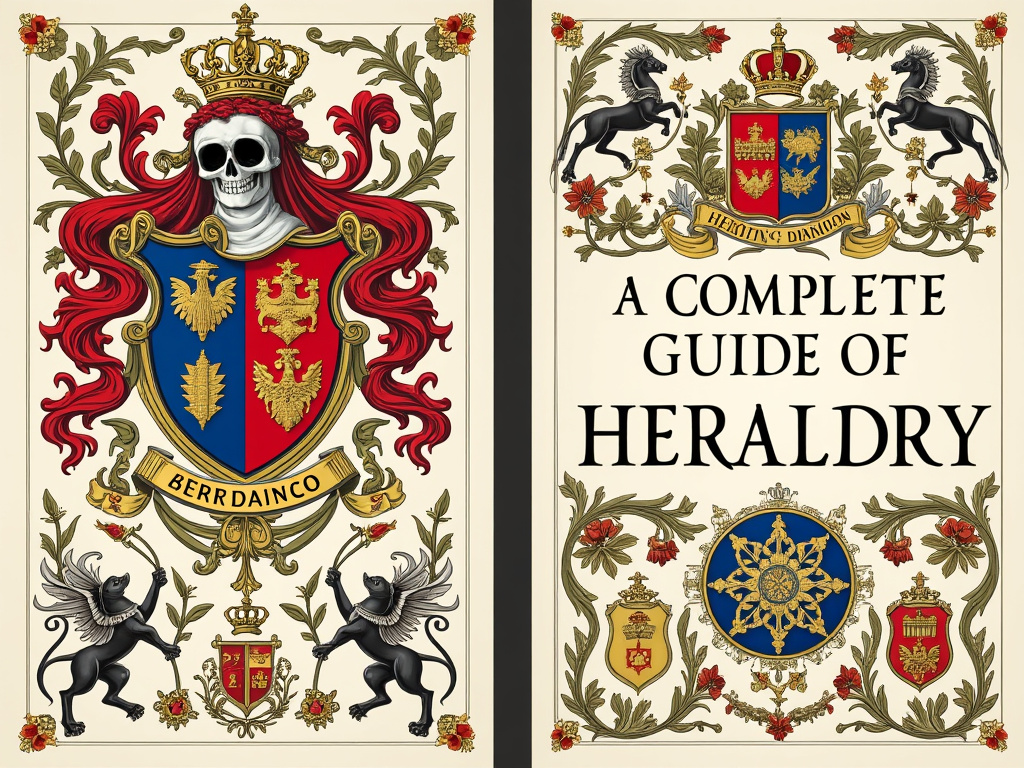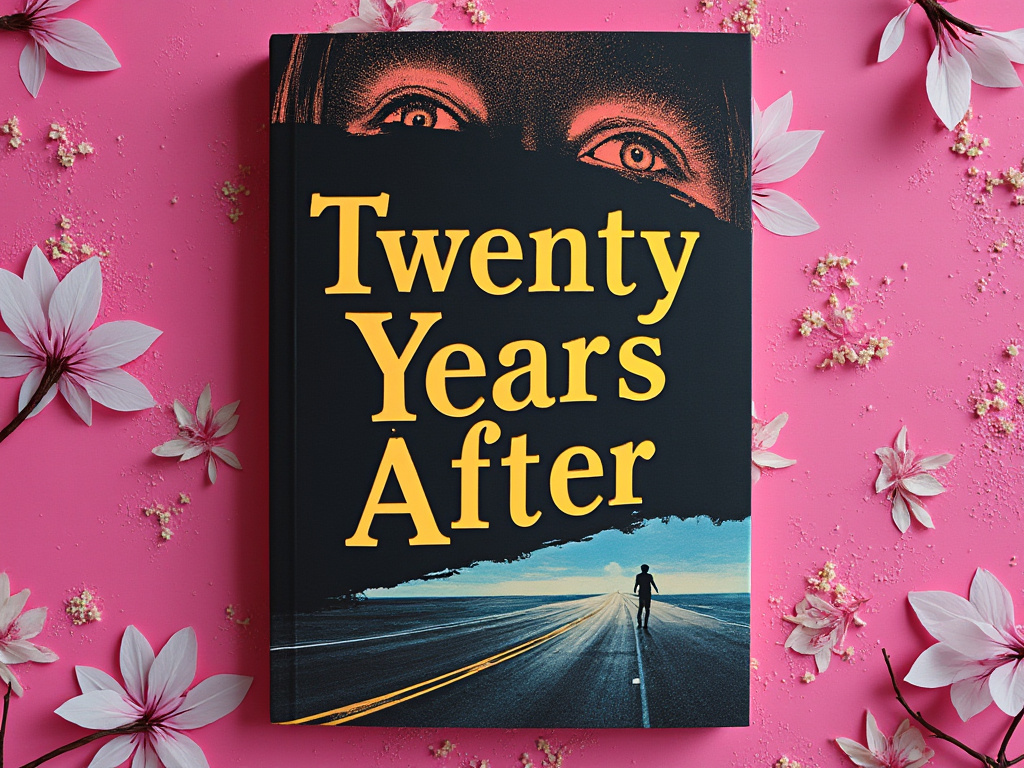A Tale of Beauty, Corruption, and Consequence
The Picture of Dorian Gray by Oscar Wilde explores vanity, moral corruption, and the pursuit of eternal youth. First published in 1890, this novel has captivated readers for over a century. Wilde’s only novel blends philosophical insights with masterful storytelling. It dives deep into the mind of a man who sacrifices his soul to maintain his youthful beauty.

Dorian Gray, a young man of exceptional beauty, becomes the muse of artist Basil Hallward. Basil paints Dorian’s portrait, capturing his youthful charm. The portrait, known as the portrait of Dorian Gray, symbolizes Dorian’s inner self. After meeting Lord Henry Wotton, a hedonistic aristocrat, Dorian makes a dark wish. He desires eternal youth while his portrait bears the marks of age and sin. Shockingly, this wish comes true, leading to his eventual downfall.
The Duality of Human Nature and Moral Decay
The Picture of Dorian Gray is more than a tale of eternal youth. It examines the cost of living without moral boundaries. Dorian plunges into a life of indulgence and vice. His appearance remains flawless, but his portrait grows grotesque. Every sin he commits disfigures the canvas, reflecting the decay of his soul. Wilde uses this transformation to show the duality of human nature. He warns of the inevitable consequences of unchecked desires.
Dorian’s journey highlights how beauty can mask inner corruption. His outward charm hides the darkness within. This theme remains relevant, especially in today’s image-driven society. Wilde masterfully illustrates how the pursuit of pleasure leads to self-destruction.
The Influence of Key Characters
The novel revolves around Dorian Gray, Basil Hallward, and Lord Henry Wotton. Basil represents morality and conscience. He sees only the good in Dorian and believes in art’s redemptive power. Lord Henry, in contrast, promotes hedonism and amoral living. He encourages Dorian to prioritize beauty and pleasure above all else.
This contrast between Basil and Lord Henry creates tension. Their conflicting ideologies shape Dorian’s path. Wilde uses their influence to explore themes of free will and moral responsibility. Dorian’s tragic downfall stems from his choice to follow Lord Henry’s philosophy.
A Cautionary Tale of Vanity and Influence
Wilde’s prose is sharp, witty, and critical. He exposes Victorian society’s obsession with youth and beauty. The novel criticizes a culture that values appearance over substance. Through Dorian’s tragic story, Wilde warns of the dangers of vanity and unchecked influence.
Dorian starts as innocent but falls under Lord Henry’s sway. This shows how easily people can stray when guided by harmful ideas. Dorian realizes the damage he has caused too late. His story highlights the human struggle between good and evil.
The Inevitable Consequences of Moral Corruption
The novel’s climax is both tragic and inevitable. Dorian tries to destroy his portrait in desperation. This act ultimately leads to his death. Wilde uses this moment to show the futility of escaping aging and mortality.
Readers learn that chasing eternal youth has dire consequences. The novel serves as a timeless warning against living without ethics. Wilde’s story reminds us that every action has a consequence, no matter how hidden it seems.
The Enduring Legacy of The Picture of Dorian Gray
The Picture of Dorian Gray remains a literary masterpiece. Its themes of beauty, corruption, and morality still resonate today. Wilde’s exploration of human nature has inspired countless adaptations. Films, plays, and modern works continue to draw from this novel.
This book is a must-read for those intrigued by the darker side of humanity. Wilde expertly blends philosophy with storytelling. His work serves as a cautionary tale about vanity and moral decay. The novel remains unforgettable and profoundly impactful.
“You might be interested in reading Frankenstein Or The Modern Prometheus as well.”
More Book Reviews on NFTBOOKS platform.
The Picture of Dorian Gray by Oscar Wilde remains a seminal work that challenges readers to reflect on their values and the nature of their desires. Its exploration of beauty, morality, and the human soul makes it a timeless classic that continues to resonate with readers today. As Dorian Gray’s story unfolds, we are reminded of the thin line between virtue and vice and the inevitable decay that awaits those who choose to ignore the moral compass within.







